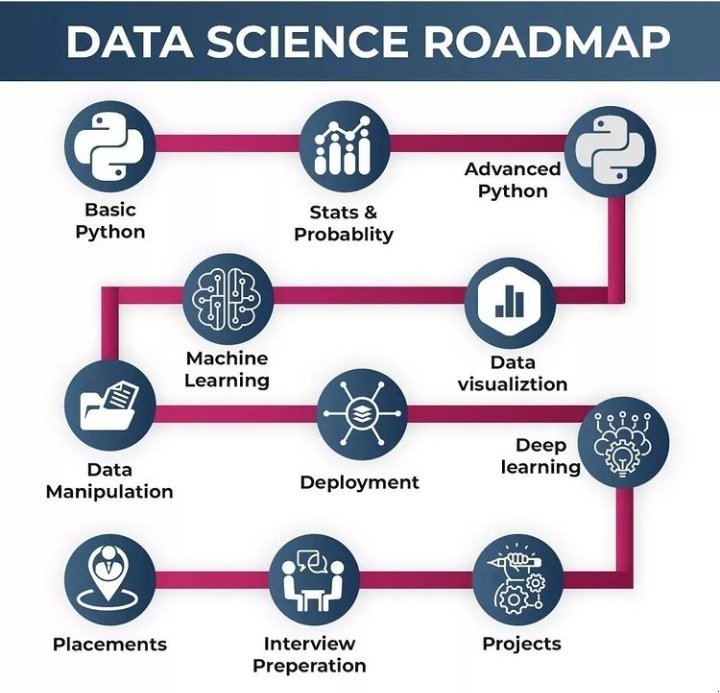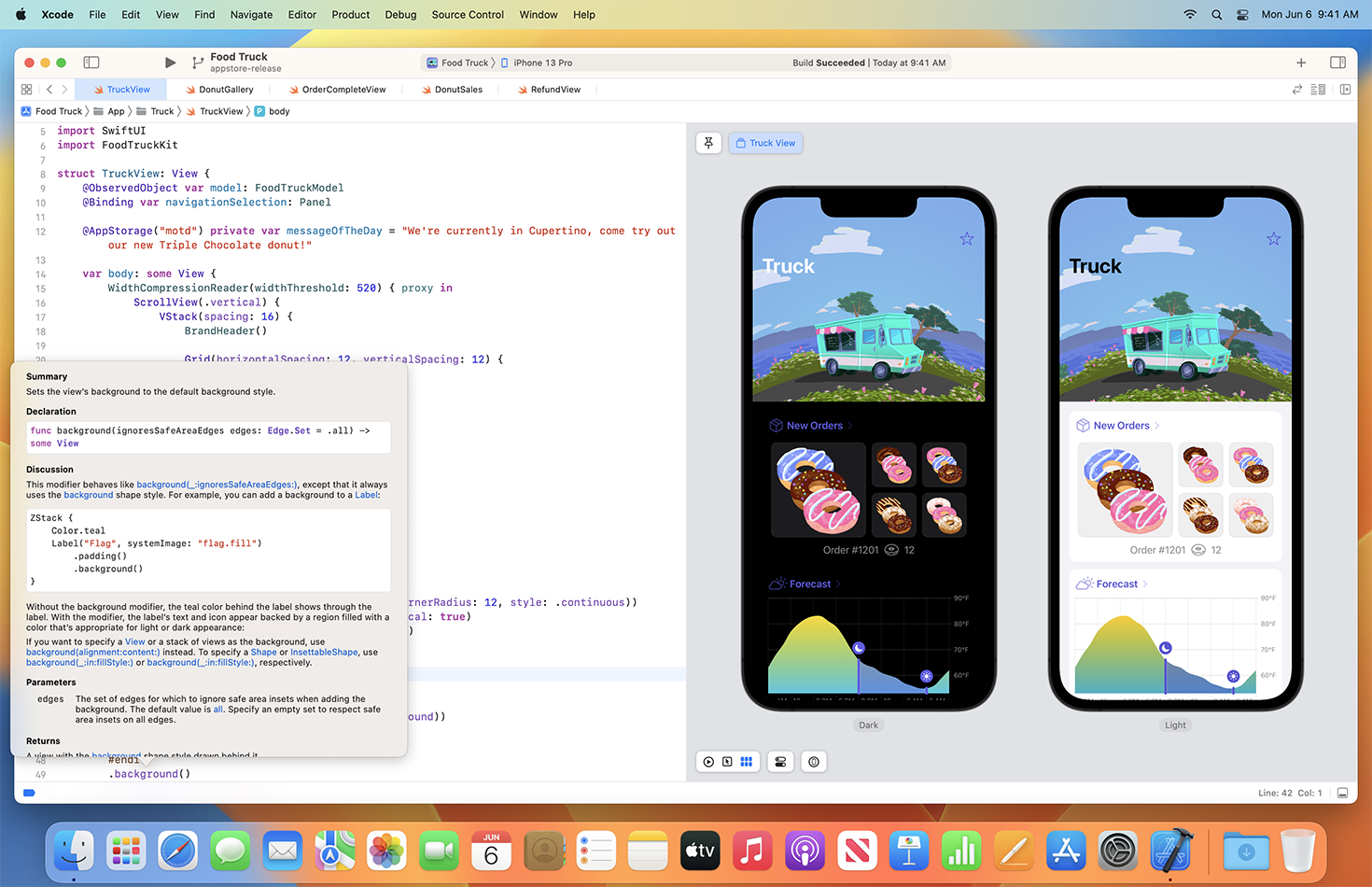“Unleashing the Power of Automation: The Best Workflow Trends in 2023”
In today’s fast-paced world, businesses are continually striving for efficiency, productivity, and cost-effectiveness. Automation has emerged as a key solution to meet these goals, streamlining processes, reducing errors, and allowing teams to focus on more strategic tasks. As we step into 2023, it’s crucial to explore the best automation workflow that can revolutionize the way businesses operate. In this blog post, we will delve into the cutting-edge automation tools and strategies that are shaping the landscape of work in 2023.
Intelligent Process Automation (IPA)
Intelligent Process Automation combines robotic process automation (RPA) with artificial intelligence (AI) capabilities, enabling businesses to automate complex tasks that involve data processing, decision-making, and cognitive abilities. In 2023, IPA has become increasingly sophisticated, with machine learning algorithms and natural language processing driving its advancements. By automating repetitive and rule-based processes, IPA frees up employees’ time, reduces errors, and enhances overall productivity.
Hyper-Automation
Hyper-automation takes automation to the next level by integrating various technologies, such as AI, machine learning, RPA, and process mining. It enables end-to-end automation of entire business processes, starting from data collection and analysis to decision-making and action. In 2023, hyper-automation has gained significant traction as organizations seek to optimize their operations, enhance customer experiences, and achieve digital transformation. It empowers businesses to create agile and responsive workflows that adapt to changing requirements and deliver real-time insights.
Low-Code/No-Code Platforms
Low-code and no-code platforms have gained immense popularity in recent years, and in 2023, they continue to revolutionize the automation landscape. These platforms allow users to build custom applications and automate workflows without the need for extensive coding knowledge. With intuitive drag-and-drop interfaces, pre-built components, and visual development tools, low-code/no-code platforms enable citizen developers to create automation solutions quickly. They foster collaboration between business users and IT teams, accelerating the development and deployment of automation workflows.
Cloud-Based Automation
Cloud-based automation has become an essential component of modern workflows in 2023. With the cloud, businesses can access automation tools and resources from anywhere, allowing for seamless collaboration and scalability. Cloud-based automation platforms offer features like infrastructure-as-code, containerization, and serverless computing, providing agility and cost savings. By leveraging the cloud, organizations can automate processes, integrate applications, and manage their automation workflows efficiently.
Intelligent Document Processing (IDP)
In 2023, the rise of intelligent document processing has transformed how businesses handle vast amounts of unstructured data. IDP combines optical character recognition (OCR), AI, and natural language processing (NLP) to automate the extraction and interpretation of data from documents such as invoices, forms, and contracts. By automating document processing, businesses can reduce manual errors, increase processing speed, and improve compliance. IDP plays a vital role in streamlining back-office operations and enhancing customer experiences.
Discovering Powerful Zapier Alternatives: Streamlining Workflows with Automation Platforms
Robotic Process Automation (RPA) with AI Integration
Robotic Process Automation has been a game-changer in automating repetitive, rule-based tasks. In 2023, RPA has advanced further by integrating AI capabilities. AI-powered RPA combines the efficiency of automation with cognitive abilities like natural language processing, computer vision, and machine learning. This integration enables robots to handle more complex tasks, make intelligent decisions, and adapt to dynamic scenarios. The synergy between RPA and AI opens up possibilities for enhanced process automation across various industries.
Workflow Orchestration and Collaboration
Effective automation workflows require seamless orchestration and collaboration among different systems, departments, and stakeholders. In 2023, workflow orchestration platforms have emerged as crucial tools for managing and coordinating complex automation workflows. These platforms enable organizations to map out processes, define dependencies, monitor progress, and handle exceptions. Furthermore, they facilitate collaboration by providing a centralized hub for teams to communicate, share data, and work together on automation initiatives.
Intelligent Chatbots and Virtual Assistants
Chatbots and virtual assistants powered by AI have become integral parts of automation workflows in 2023. These intelligent conversational interfaces handle customer queries, provide personalized assistance, and automate routine interactions. By leveraging natural language understanding and machine learning, chatbots can interpret user intent, access relevant data, and deliver accurate responses. They enhance customer experiences, streamline support processes, and reduce the burden on human agents.
Predictive Analytics and Prescriptive Insights
Automation workflows in 2023 are increasingly leveraging predictive analytics and prescriptive insights. By analyzing historical and real-time data, organizations can identify patterns, make predictions, and gain actionable insights. These insights help in optimizing processes, anticipating customer needs, and making informed decisions. By integrating predictive and prescriptive analytics into automation workflows, businesses can proactively address challenges, reduce downtime, and drive continuous improvement.
Continuous Integration and Deployment (CI/CD)
Automation workflows in 2023 are closely aligned with DevOps practices, particularly through continuous integration and deployment (CI/CD). CI/CD pipelines automate the build, testing, and deployment of software applications, ensuring faster and more reliable delivery. By integrating automation into the development and deployment processes, organizations can achieve greater agility, shorter release cycles, and improved collaboration between development and operations teams.
As we embrace the future, automation workflows are becoming increasingly sophisticated, intelligent, and user-friendly. In 2023, businesses are leveraging technologies like Intelligent Process Automation, Hyper-Automation, Low-Code/No-Code Platforms, Cloud-Based Automation, and Intelligent Document Processing to optimize their operations and achieve digital transformation. By adopting the best automation workflow, organizations can enhance productivity, improve accuracy, and unlock new opportunities for growth. As automation continues to evolve, it’s essential for businesses to stay informed, embrace innovation, and leverage the power of automation to stay ahead in an ever-changing world.













